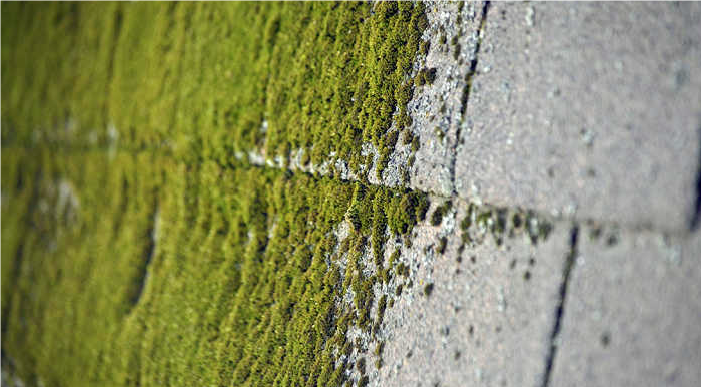Ah, winter—the season that turns our homes into battlegrounds, with snow and ice launching sneak attacks on our unsuspecting exteriors. But fear not, dear homeowner, for as the snow thaws and the sun emerges, it's time to embark on the noble quest of inspecting your home for damage from the frosty fiend. Join us on this uproarious journey as we navigate the treacherous terrain of post-winter home inspection.
Step 1: Gird Your Loins and Grab Your Gear
Before venturing forth into the wilds of your property, it's essential to don your finest armor (read: warm coat) and arm yourself with the tools of the trade. A trusty flashlight, a notebook for jotting down observations, and perhaps a trusty pair of boots for the treacherous climb on top of your roof. Safety first!
Step 2: The Great Thaw Reveal
Since the snow is now melted away, it's time for the grand unveiling of winter's handiwork. Prepare yourself for the dramatic reveal of hidden issues. Do you see any any areas of your roof that appear to be sagging or uneven? This could indicate structural issues or damage to the roof decking, which may need to be addressed promptly to prevent further damage. Are there signs of moss, mold, or algae growth? These can indicate excessive moisture levels or poor ventilation, which can lead to roof damage and degradation over time.
Step 3: The Mystery of the Missing Shingles
Ah, the telltale signs of winter's wrath: missing shingles scattered like breadcrumbs across your roof, evidence of a battle waged against the elements. But fear not, for with a little detective work and a keen eye for detail, you can track down those wayward shingles and restore your roof to its former glory. Look for any areas where the uniformity of the shingle pattern is disrupted or where you notice irregularities in the color or texture of the roof surface.
Step 4: Ice Dams and Other Icy Shenanigans
No post-winter inspection would be complete without a showdown with the notorious ice dam—a villainous formation of ice that wreaks havoc on your gutters and eaves. Ice dams occur when snow melts and refreezes near the edge of the roof, causing water to back up and potentially seep under the shingles. This can lead to water damage and leaks inside your home. Check your attic or ceilings for any signs of water stains, discoloration, or moisture. Water stains on the ceiling or walls, particularly near exterior walls or the roofline, may indicate that water is seeping into your home due to ice damming.
Step 5: Celebrate Your Victories (and Laugh at Your Defeats)
As you wrap up your post-winter inspection, take a moment to revel in your triumphs—those cracked sidewalks repaired, those missing shingles replaced, those ice dams defeated. But don't forget to also laugh at the absurdity of it all—the unexpected surprises, the battles waged against the elements, and the sheer resilience of the human spirit in the face of winter's wrath.
And so, dear homeowner, as you bid farewell to winter and usher in the warmer days of spring, remember to take a moment to appreciate the coming season. For while winter may leave its mark on our homes, it also leaves us with stories to tell and memories to cherish. So go forth, brave adventurer, and may your home be forever fortified against the whims of the seasons!
Tags
Subscribe to Cochran Exteriors's Blog



Comments